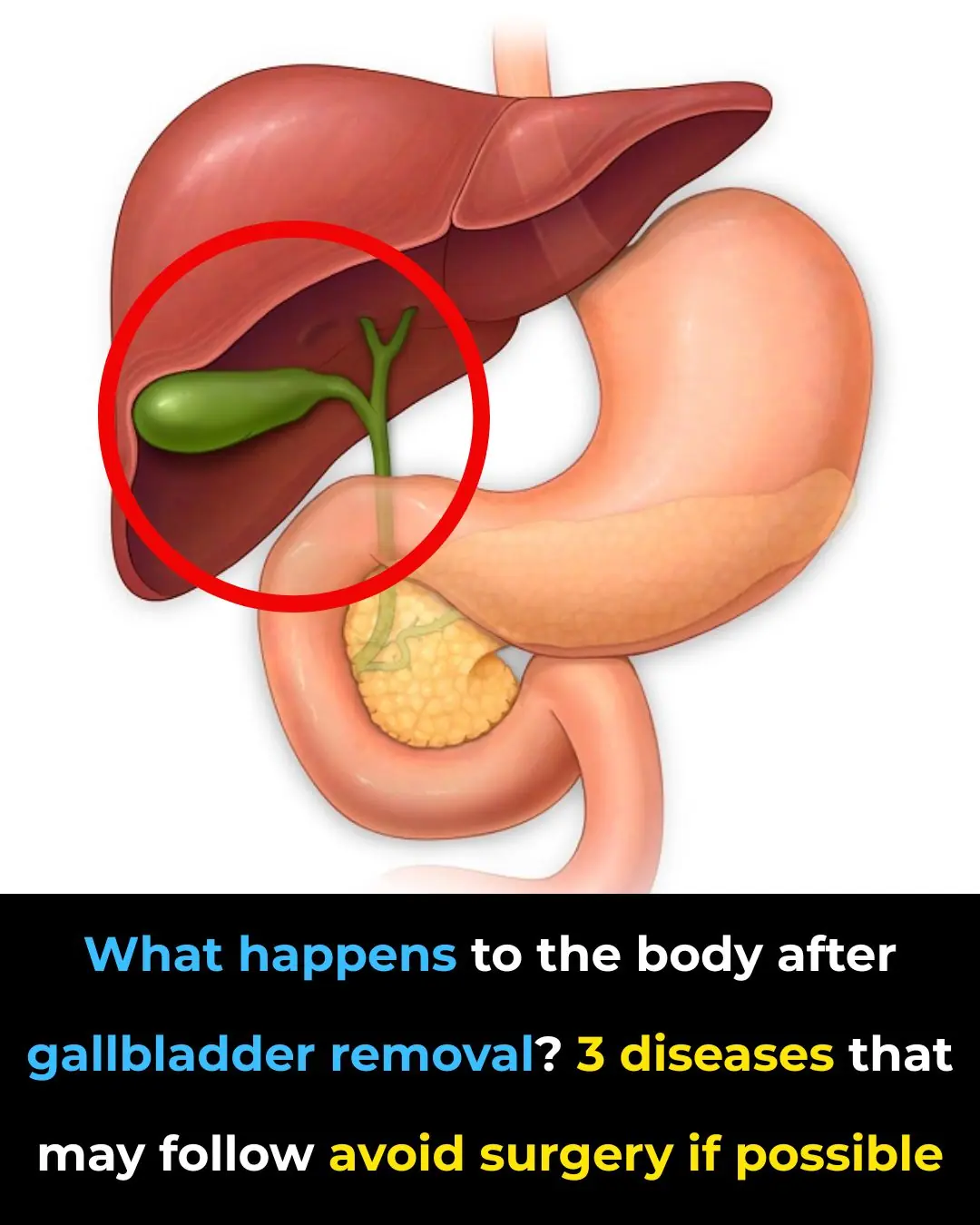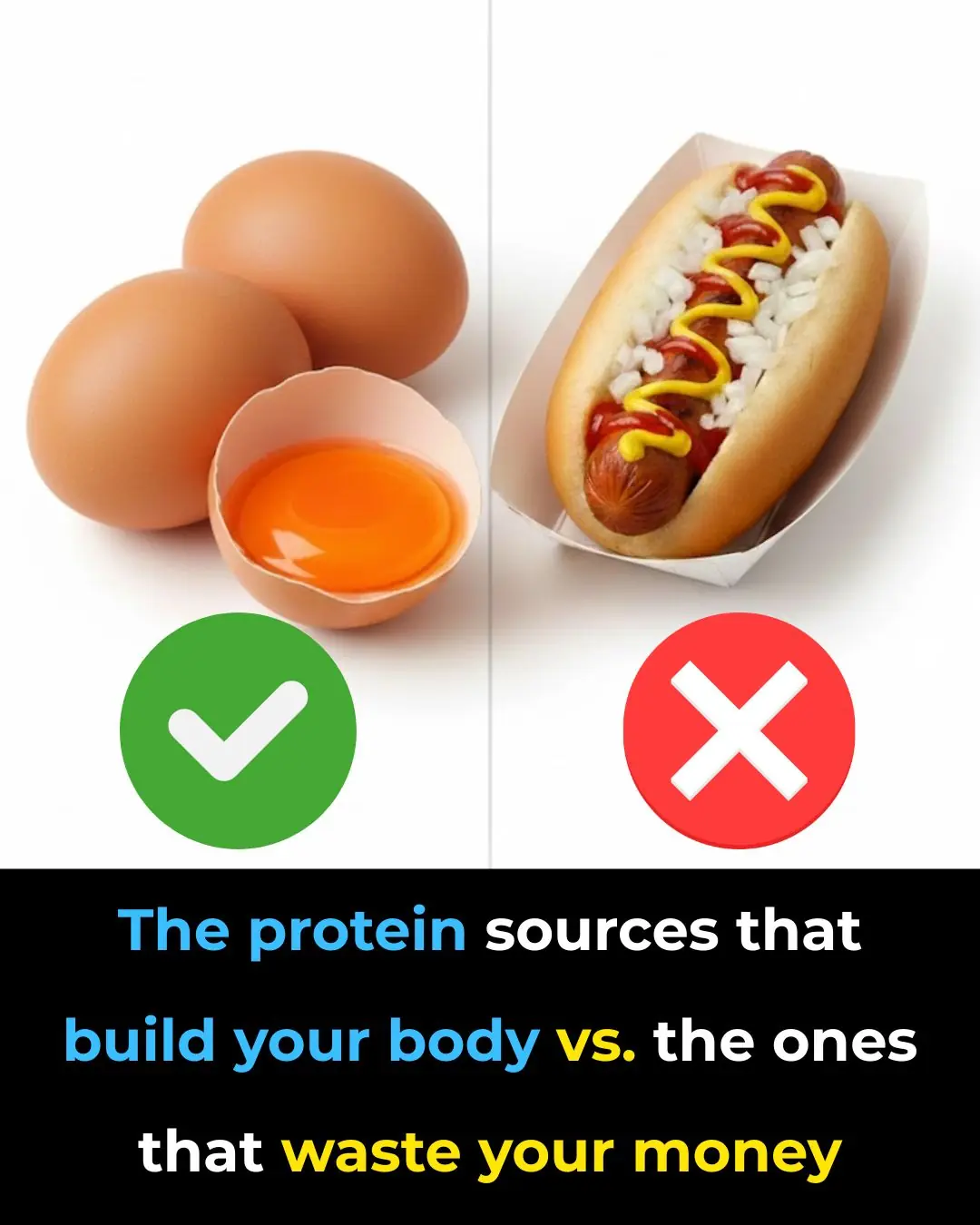
Why Tanker Trucks Have a Hanging Chain: Safety Function Explained
Why Tanker Trucks Have a Hanging Chain: Safety Function Explained
Tanker trucks are specialized vehicles designed to transport liquids or gases such as fuel, water, chemicals, or food-grade products. Each component of a tanker truck is engineered to ensure safe transport—especially when handling flammable materials. Among these components, one small detail often raises curiosity: the extra chain hanging down from the rear of the truck. Though simple in appearance, this chain plays a vital role in overall safety.

1. The Purpose of the Hanging Chain: Static Grounding
The chain acts as a grounding device to safely discharge static electricity generated while the truck is in motion. As the liquid inside the tank moves and rubs against the tank walls, static electricity accumulates. Without proper grounding, this charge can release as a spark—dangerous enough to ignite fuel vapors.
Dragging along the ground, the chain creates a continuous path for static electricity to flow into the earth, drastically reducing fire and explosion risks.
📌 Supported by standards such as NFPA 77 (Static Electricity Recommended Practice) and API RP 2003.
2. How the Chain Became a Standard Safety Feature
In the early years of fuel transportation, static-related fires and explosions occurred frequently. Investigations by safety agencies revealed that static electricity was a major cause of these incidents. As awareness grew, international regulations—including DOT 49 CFR (U.S.) and ADR (Europe)—adopted static-control requirements for all vehicles transporting flammable liquids.
The grounding chain became a simple, low-cost, and highly effective solution, eventually turning into a global industry standard.
3. Safety Regulations and Industry Requirements
Tanker trucks operate under strict rules established by:
-
U.S. Department of Transportation (DOT)
-
National Fire Protection Association (NFPA 385 & NFPA 77)
-
American Petroleum Institute (API RP 2003)
-
ADR – UNECE European regulations
These regulations cover tank design, pressure limits, loading/unloading procedures, and static electricity management. Inspectors routinely check that the grounding chain is present, functional, and able to contact the roadway.
4. The Science: Why Static Electricity Is Dangerous in Fuel Transport
Static electricity occurs when surfaces contact and separate, creating an imbalance of electric charges. Inside a tanker, liquid movement generates friction, leading to charge buildup. With flammable products like gasoline or solvents, a single spark can ignite vapors.
The grounding chain ensures excess charge escapes safely into the ground, preventing dangerous energy buildup. Understanding this process is essential in fuel transport safety and is widely addressed in NFPA and API guidelines.
5. Alternatives to Grounding Chains
Modern tanker trucks may also use:
-
Static grounding reels (retractable cables used during loading/unloading)
-
Anti-static fuel additives
-
Anti-static tank coatings and materials
While these technologies offer additional protection, the hanging chain remains widely used due to its reliability and simplicity.
6. Common Misconceptions
Some people believe the chain:
-
Is leftover equipment with no purpose
-
Stabilizes the truck
-
Assists in braking
-
Is outdated and unnecessary
All of these are false. The chain is a critical safety device, still endorsed by global standards because it effectively prevents static discharge.
7. Maintenance of the Grounding Chain
For the chain to work properly, it must:
-
Maintain contact with the ground
-
Be free of excessive wear, corrosion, or breakage
-
Be inspected regularly, especially during safety checks
NFPA and DOT guidelines emphasize periodic inspection to ensure consistent grounding performance.
Conclusion
The small chain hanging from tanker trucks is far more than a simple metal accessory—it is a mandatory safety feature that prevents static-related fires and explosions. Supported by major safety organizations such as NFPA, DOT, API, and ADR, the grounding chain remains one of the most effective and essential components in the safe transport of flammable liquids.
News in the same category


Revolutionary FDA-Approved Drops Restore Clear Near Vision Without Glasses

Student forgot he invested $27 in Bitcoin for school project and returned to stunning fortune years later

Teen Inventor Creates Affordable Dialysis Machine, Revolutionizing Global Healthcare

PepsiCo Removes Petroleum-Based Dyes from Doritos, Paving the Way for Healthier Snacking

From Tragedy to Hope: How Compassion Saved a Life in Rural China

Liquid NanoClay: The Norwegian Innovation Turning Deserts Into Fertile Farmland

The Hidden Meaning Behind Tongue Piercings

World’s Largest Pumped Storage Power Station Goes Fully Operational in China

World-First Breakthrough: Stem Cells Reverse Type 1 Diabetes in Landmark Case

Hank’s Second Chance: From Abandonment to Hope and Healing

Magnetic Sperm Bots: A Revolutionary Leap in Reproductive Medicine and Targeted Drug Delivery

The Hidden Dangers of Belly Fat: A Warning Sign for Metabolic Health

Breakthrough Discovery of Protective Protein Could Pave the Way for Alzheimer's Prevention

Revolutionary Ultrasound Treatment: A Non-Invasive Breakthrough in Cancer Care

Revolutionary Injectable Gel Promises Non-Surgical Solution for Joint Regeneration

Check out the best tips for using dryer sheets to clean the toilet!

Revealing Hidden HIV: A Major Step Toward Achieving a Functional Cure
News Post

Gallbladder removal: what happens next and 3 risks to watch for

The Surprising Link Between Fruit Consumption and Stronger Lung Health

10 Warning Signs Your Kidneys May Be in Danger

The 37-Dimensional Photon: A Breakthrough That May Transform Quantum Computing

New Research Reveals Toxic Exposure May Drive More Dangerous Breast Tumors

Revolutionary FDA-Approved Drops Restore Clear Near Vision Without Glasses

Gary ‘Mani’ Mounfield of Stone Roses and Primal Scream dead at 63

Rumer Willis gives heartbreaking update on dad Bruce’s dementia battle

The protein sources that build your body vs. the ones that waste your money

Watch Jelly Roll's daughter's savage reaction to slimmed-down singer shaving his face for first time in a decade

Your pancreas could be ‘silently inflamed’ right now and you’d never know until it’s too late

6 Trigger Foods That Cause Agonizing Pain If You Have Neuropathy

The 5 foods that quietly fuel diabetes — and what to avoid to help reverse it

What if you ate 4 eggs a day with the yolks for 30 days

YOUTUBER WHOSE PARTNER SPLIT UP WITH HIM AFTER ‘HUMILIATING’ WEDDING ACT SPEAKS OUT ON ARREST

STRANGER THINGS' ACTOR'S RARE CONDITION WAS WRITTEN INTO STORY AS HE GREW UP ON NETFLIX SHOW

ALMOST NO ONE WILL KNOW THE NAME OF THE PERSON WHO'S BEEN ON TV THE MOST IN HUMAN HISTORY

ANT AND DEC SNUCK ‘6-7’ MEME INTO I’M A CELEBRITY AND NO ONE NOTICED

Toy Story cast's dramatically different lives as iconic film turns 30
